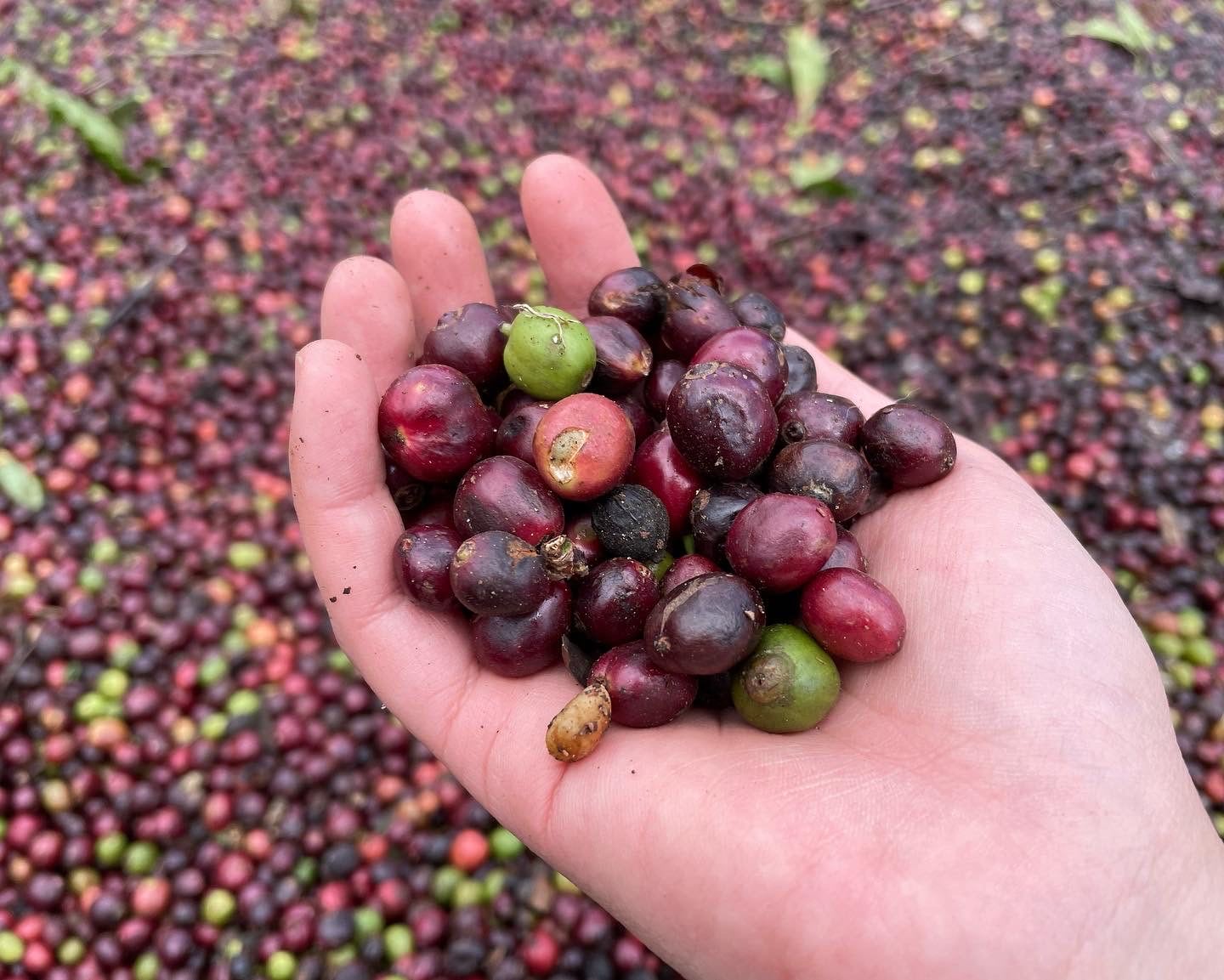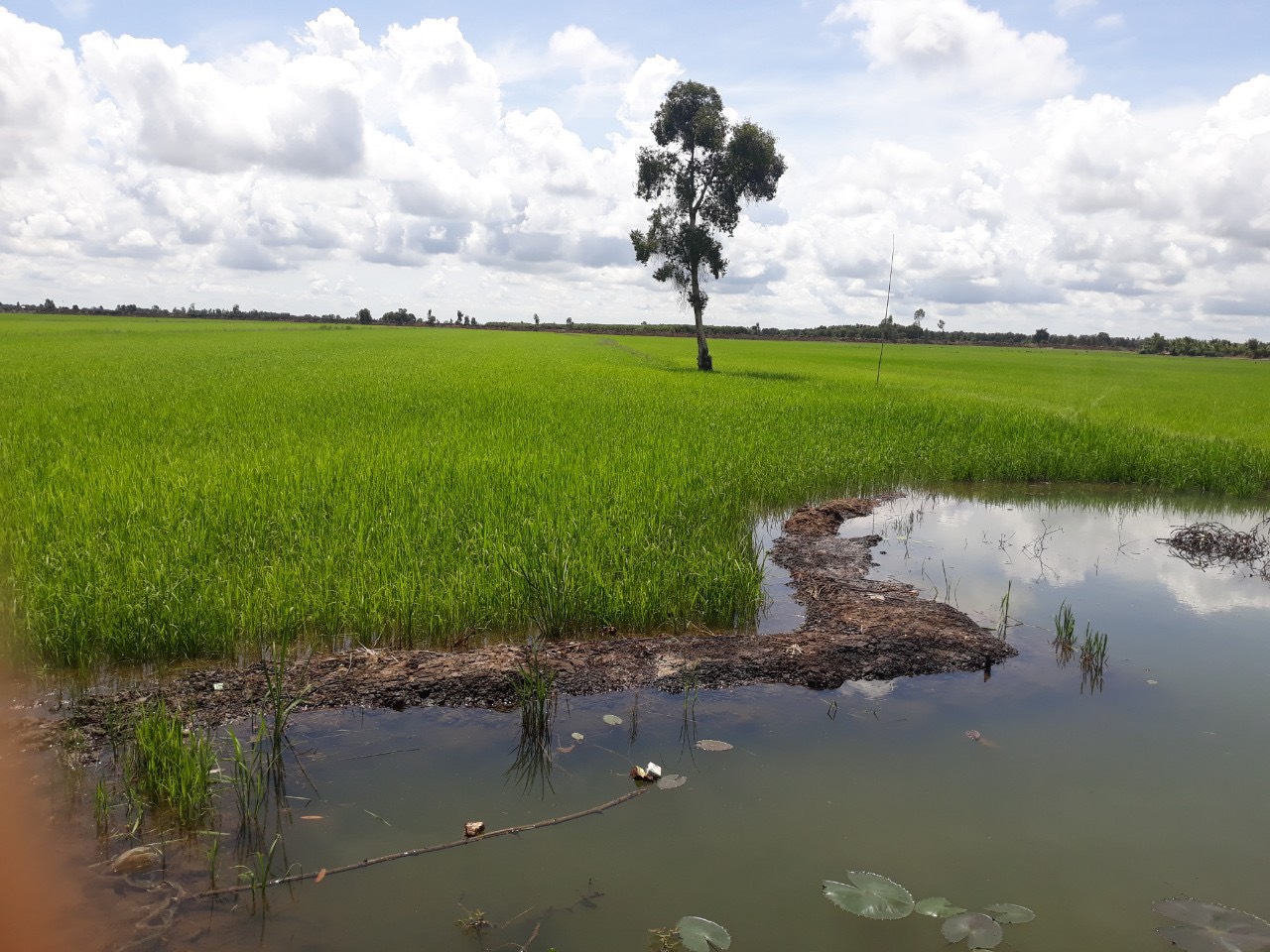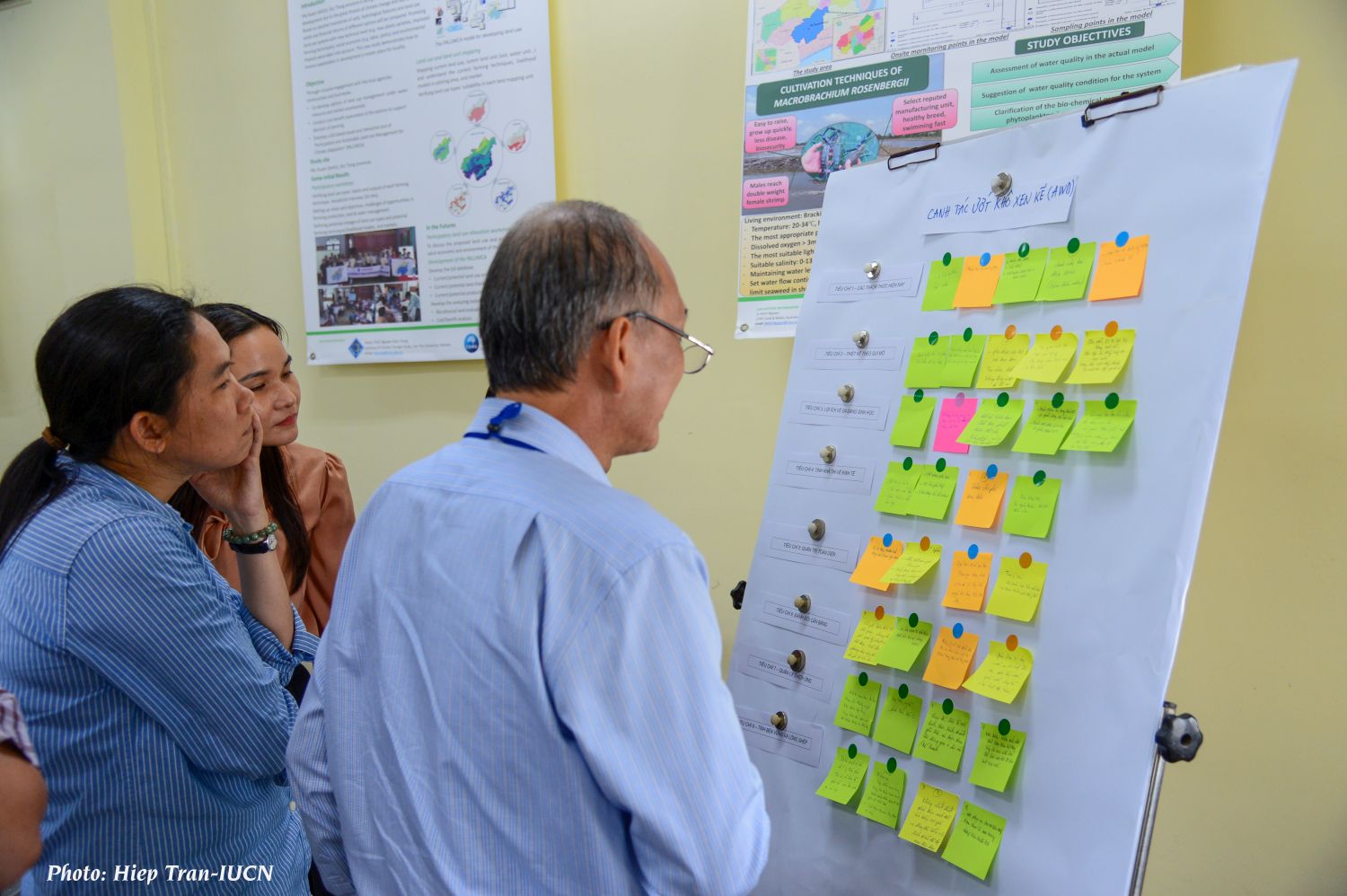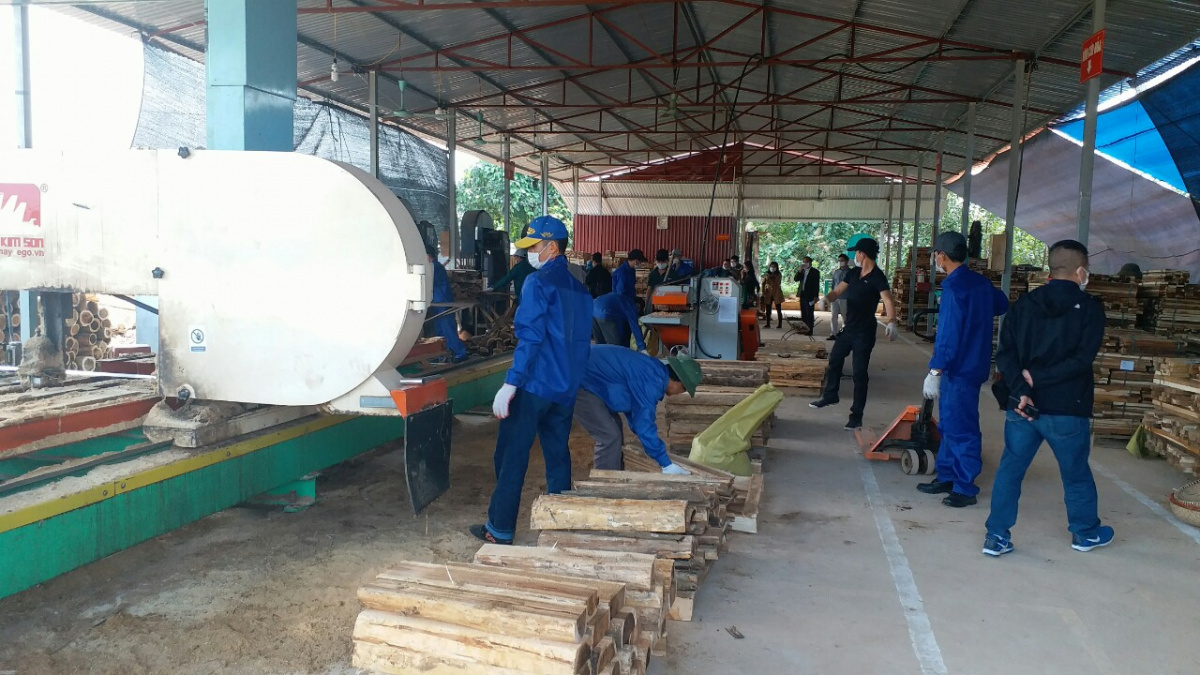Scaling Up NbS: Economic Barriers
In 2020, IUCN published the Global Standard for NbS that scores NbS using eight criteria and associated indicators. Criterion 4 covers the economic viability of NbS, including the direct and indirect benefits and costs associated with the NbS and the cost-effectiveness of the NbS vs. alternative solutions and considering any positive or negative externalities.

This criterion is often the hardest of the eight to respond to because comprehensive data on NbS costs and benefits are rarely available. Yet donors challenge us to improve the economic case for NbS for two reasons. First, because they need strong economic arguments to persuade often skeptical governments to borrow money for NbS, and second, because if the NbS requires long-term external subsidies or technical assistance, there is no prospect for scaling up, and if NbS aren’t implemented at scale, it won’t be possible to meaningfully restore biodiversity and ecosystem health.
In Viet Nam, IUCN works primarily on NbS in agriculture in the Mekong Delta and Central Highlands where we support the de-intensification of rice and coffee into more diverse and climate resilient crop mixes.
Based on this experience, we see two fundamental economic barriers to scaling up NbS: temporal and spatial.
The temporal barrier relates to the fact that the benefits from NbS typically accrue in the long-term. This is especially the case with forestry interventions. In the Central Highlands, which plays a vital role in global coffee supply, coffee production is threatened by falling groundwater tables and more frequent droughts.
In response, IUCN proposes an NbS that involves transitioning out of coffee monocultures into coffee inter-cropped with fruit and nut trees. This transition will cost about $600 million over 20 years. This sounds a lot but it’s the equivalent of just $50/farmer/year. If implemented across the 585,000 hectares of coffee, it would significantly reduce water use, and increase crop value, carbon stocks, and biodiversity.
Over the long-term this transition is economically attractive: compared to coffee monocultures, the intercrops add $3,000/hectare/year in production value from year 25 onward. However, the transition will likely lead to a loss of $25,000/hectare over the first 13 years. This loss is fully compensated for by the profits made from year 14 to 19.
The forests of central Viet Nam are dominated by short-rotation acacia, grown to produce wood chip for pulp and paper. UNIQUE, a German consultancy, and the University of Hue have developed a business model that transitions acacia monocultures into natural forest through the step-wise replacement of acacia by native species over 11 years. Natural forests are much richer in biodiversity and carbon, and much better at stabilizing the soil and reducing the risk of landslides than acacia.
However, the high investment cost and long payback period limits this approach to farms larger than 10 hectares. Even then, native species plantations only generate positive cash flow starting in year 10. An additional problem is the risk of tree loss from storms and forest fires, which is one reason why short-rotation acacia is so popular.
In both cases, if NbS are to be implemented at scale, farmers will need some form of long-term financial assistance (and in the case of acacia farmers some form of storm insurance). Since smallholders have little collateral or cash flow, they are effectively locked out of the formal banking system. It is recommended that donors work with the Viet Nam Bank for Social Policies and other development banks to provide long-term credit at favorable interest rates to farmers willing to invest in NbS.
The spatial barrier relates to the fact that NbS benefits usually aren’t fully captured at the site at which NbS are implemented. In the Mekong Delta, in response to Government Resolution 120, which provides the legal basis for transitioning out of intensive rice, we advocate replacing the third rice crop with seasonal flood-based crops. Floating rice, which used to cover 500,000 hectares but is now reduced to a few thousand hectares, is naturally adapted to the annual flood pulse and, if implemented at scale, would reconnect the river with the floodplain and restore ecosystem functions.
Research by IUCN, GIZ, University of An Giang, WWF, and others shows that floating rice may be marginally more profitable than a third rice crop, but that this depends on market demand for floating rice and a third rice crop, cost of inputs, and other factors that can fluctuate from year to year. In other words, if the economic case for floating rice is only done at the farm scale, we’ll never succeed in scaling up because the profit to the farmer is too variable.
However, the positive externalities from floating rice make the economic case for NbS much stronger. Large-scale adoption of floating rice would reduce flood and drought risk by storing water during the flood season, restore fish stocks, reduce water pollution, and trap sediment. We can put numbers on these benefits. Over the last 15 years, the price of fish has increased as the area of floating rice has shrunk and intensive rice has expanded. If we can establish a relationship between the area of floating rice and fish price, a more accurate economic value of an additional hectare of floating rice can be calculated.
Public-good functions such as water storage provide benefits to people living downstream and are usually excluded from project cost-benefit analyses. Similarly, sediment carried by the seasonal flooding is essential to main soil height and quality, without which the delta will sink and threaten the lives of millions. But these consequences of intensive rice farming are usually ignored from project-specific analyses.
These issues are a particular challenge in the Mekong Delta, which is divided into 13 competing provinces. Donors and businesses should work more closely with the government to ensure that the positive externalities of NbS are monetized and included in project economic feasibility and cost-benefit analyses.
This analysis was supported by IKI Viet Nam Nature-based Solutions for Adaptation in Agriculture through Private Sector Transformation (VN-ADAPT), an SNV-led project implemented with IUCN, ICEM, and UNEP to enhance resilience to climate change and restore biodiversity through the adoption of NbS in the Mekong Delta and Central Highlands.



